Do you have an unhealthy attitude towards healthy food?
Olympian Nicola Fairbrother talks to sports nutritionist Alan Murchison about eating optimally, aligning food with training load and what to include on your weekly shopping list.
Written by Olympic Silver Medallist, NICOLA FAIRBROTHER, for Olympian Kitchen.
I WISH I’D been able to read Alan Murchison’s cook books when I was competing for the Olympics. Not just for the recipes. As tasty as they might be. But to realise just how much nutrition can help sporting performance.
Looking back, to my own sporting career, I now know I was under eating. At the time, I didn’t know any better. But I was eating way too few calories to fuel my daily training load.
Thirty-years on, and I now understand so much more about nutrition than I ever did back when I was competing; there just wasn’t the information about then that there is today. But today’s information-glut also creates a new problem: who should we listen to in a world of Instagram and Tik Tok?
Finding real, qualified and highly experienced experts like Alan is a godsend.
Who is Alan Murchison?
Alan Murchison is a champion cyclist, a Michelin-starred chef, and a leading sports nutritionist, currently working with British Cycling in the run-up to the Paris Olympic Games. He has published two books The Cycling Chef “Recipes for Performance and Pleasure”, and “Recipes for Getting Lean and Fuelling the Machine,” packed with simple, powerful recipes. And a third book “Ride Day Recipes to Fuel Up, Replenish and Restore,” is due out this month. (April 2024).
Not just for cyclists! These books are for anyone interested in understanding the link between nutrition and health. Of course if you are into cycling, then they are an even bigger must. But I believe anyone with a keen interest in fitness will learn a lot from them.
The recipes are practical, easy to make and tasty. Have a go at the Sweet and Spicy Chile Salmon, Raspberry-banana ripple-baked oats, or the Courgette and Orange Muffins. You can find the recipe below.
And so, without any more rambling from me, here is the Alan Murchison interview.
Alan Murchison on Healthy Eating
What does eating well mean to you?
ALAN: The first thing is to be aware that there’s a difference between eating well and eating optimally. To eat optimally you need to make sure there is an alignment between food and training load.
I use the analogy of a car and petrol. If you’re just popping down the shops you can get by with a little petrol in the tank, but you want to drive any distance, then you need to get a full tank.
All training should have purpose. Whether the goal of that training is to improve threshold or technique, whether you are at competition intensity or just having an easy low impact recovery session, to eat optimally you need to fuel your body with that goal and that purpose in mind.
Does this apply to everyone or just elite competitors?
Doesn’t matter if you’re a hobbyist, or a top athlete - make sure you’re aligning food with training load for every training session.
Low intensity recovery sessions are good opportunity to get your nutrients in, you can eat veg, eat your colours. But if you are going to do a 3 hour intense training session, kale and spinach is not enough. You need to fuel that sort of session with carbohydrate.
What’s your advice for someone who wants to lose weight?
ALAN: If you want to lose some weight, then the sweet spot is to be in calorie deficit of 500 calories per day. Do more than that, you will make yourself ill and it will be impossible to maintain.
There are lots of devices and apps you can use to measure your intake and track output, my fitness.pal, Apple watches etc.
There is no need to exclude any food type, don’t cut things out, instead reduce portion size. My advice is to eat at a little less, move a little more.
What do you consider to be ‘healthy food’?
ALAN: A good benchmark for me, around choosing healthy food is to ask yourself: would your grandma recognise these ingredients? If she would then chances are it’s a good choice. Make sure you buy food that hasn’t been pissed about with too much. Synthetic, processed food might taste good, might even be low fat, low calorie, but has little nutritional value. Buy local honey. Get full fat milk. Go to the butchers. Go to the farm shop. It doesn’t have to be organic or expensive, but you do need to know where your food has come from.
What problems arise from obsessively healthy eating?
ALAN: Healthy eating is not only about the physical food it’s also the attitude. You can eat well, eat all the right the things but you can have a really unhealthy relationship with food. You can have an unhealthy attitude to healthy food.
The problem is to become excellent at something you need to be obsessive. And this can create problems around food and eating disorders. In elite sport, under eating, under fueling is a problem for some athletes. Watch behaviour becoming even more acute as you are getting closer to the goal.
Nothing wrong with going out and having a dirty burger. Or a glass of wine from time to time. Once a week, have a day off and have what you want. That’s good, and helps to keep a healthy attitude.
What is always on your weekly shopping list?
ALAN: If you have a well stocked larder, oats, carbs, pulses, gluten free pasta, rice (risotto, white, brown), pulses, butter beans, lentils, raisins, dried fruit, nuts then it’s easy to top up with weekly shop that includes fresh veg, fruit, healthy fats and proteins.
My weekly shop will include:
Full fat milk
Lots of yoghurts soy, full fat greek yoghurt
Quality hard cheese, pecorino, parmisan
Lots of veggies (greens spinach, kale, broccoli and pepers onion garlic) and fruit.
Protein
I’ll also go to the local butchers and buy a couple of unpopular cuts like osobucco and pork belly. Plus turkey, chicken mince, red meat once or twice weekly.
Find out more: Alan Murchison
To find out more visit the Performance Chef website or follow Alan @performance.chef on Instagram.
Healthy courgette, cranberry and orange muffins
Recipe by Alan Murchison from The Cycling Chef
Makes 18 muffins, each muffin has approx 250 calories, 7g protein, 18g carbs, 15g fat, 11g sugars
3 eggs
2 large courgettes, grated (you can substitute with grated carrot)
90g (3.5 oz) butter, melted
75g (3 oz) honey, local
75g (3 oz) brown sugar
230g (8oz) ground almonds
140g oats
45g (2 oz) dried cranberries
60g (2.5 oz) walnuts, broken into pieces
2 tablespoons mixed seeds (choose which you like best flax, pumpkin, sesame…)
1 tsp ground cinnamon
pinch salt
grated zest of 2 oranges
Step 1: Wet ingredients
Put the oven on 180C/350F/Gas 4.
Add all wet ingredients to the bowl of the food mixer (use the paddle attachment) and mix.
Step 2: Dry ingredients
Gradually, with the mixer turning, add the different dry ingredients, until you have a homogenous mixture
Step 3: Place into the hot oven
Line the muffin tin with paper cases and spoon the mixture into each paper case. Top with more seeds, if you wish.
Bake for 25-35 minutes until golden brown.
Leave to cool in the tin before turning out onto a wire rack to cool. Then store in an airtight container in the fridge. Best eaten within a week.
Until soon, enjoy your muffins!
Nicola
More about my work and me. I’m Nicola Fairbrother. I’m a double Olympian and a trained chef (Leiths Professional Diploma) and have completed a 100 day chef-stage in Spanish Michelin kitchens.
My Recommendation: Taking the Hell out of Healthy
For more on healthy eating, I can highly recommend reading Taking the Hell out of Healthy by Susan Jane White, with plenty of recipes that just work, like this Chickpea and Mango Madras.
Read next on Olympian Kitchen
How to cook the perfect Onsen Egg at home
THE ONSEN EGG may just be the perfect egg of all time. A creamy-extremely-jammy yolk and a buttery-yet-silky set white. But you don’t need to go to Japan to cook the perfect egg… You don’t need an onsen. You don’t even need a thermometre. Below, is a method you use at home...
Master the Spanish Omelette
Want quick and easy cooking tips? Each time a simple culinary skill is explained Understand the how’s and why’s, gain confidence cooking. Sign up to Olympian Kitchen today


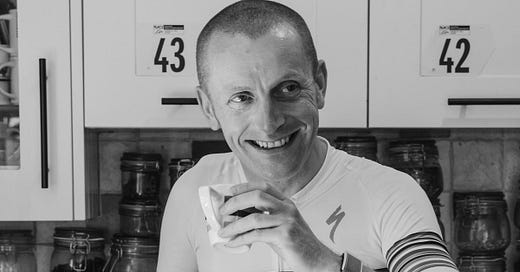




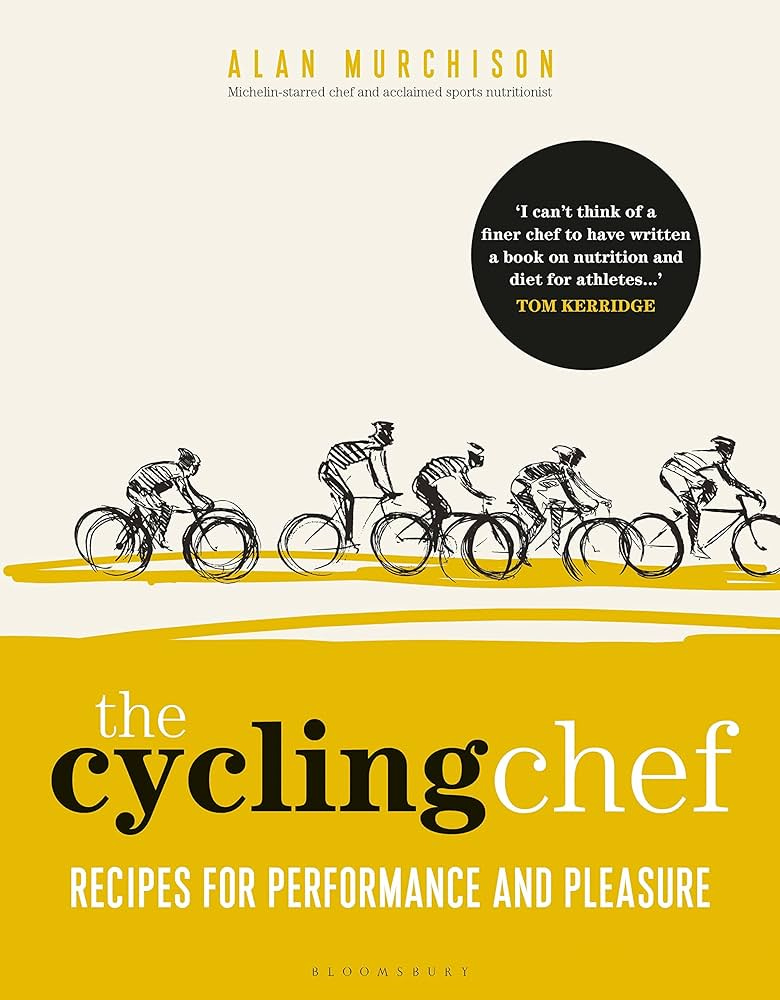
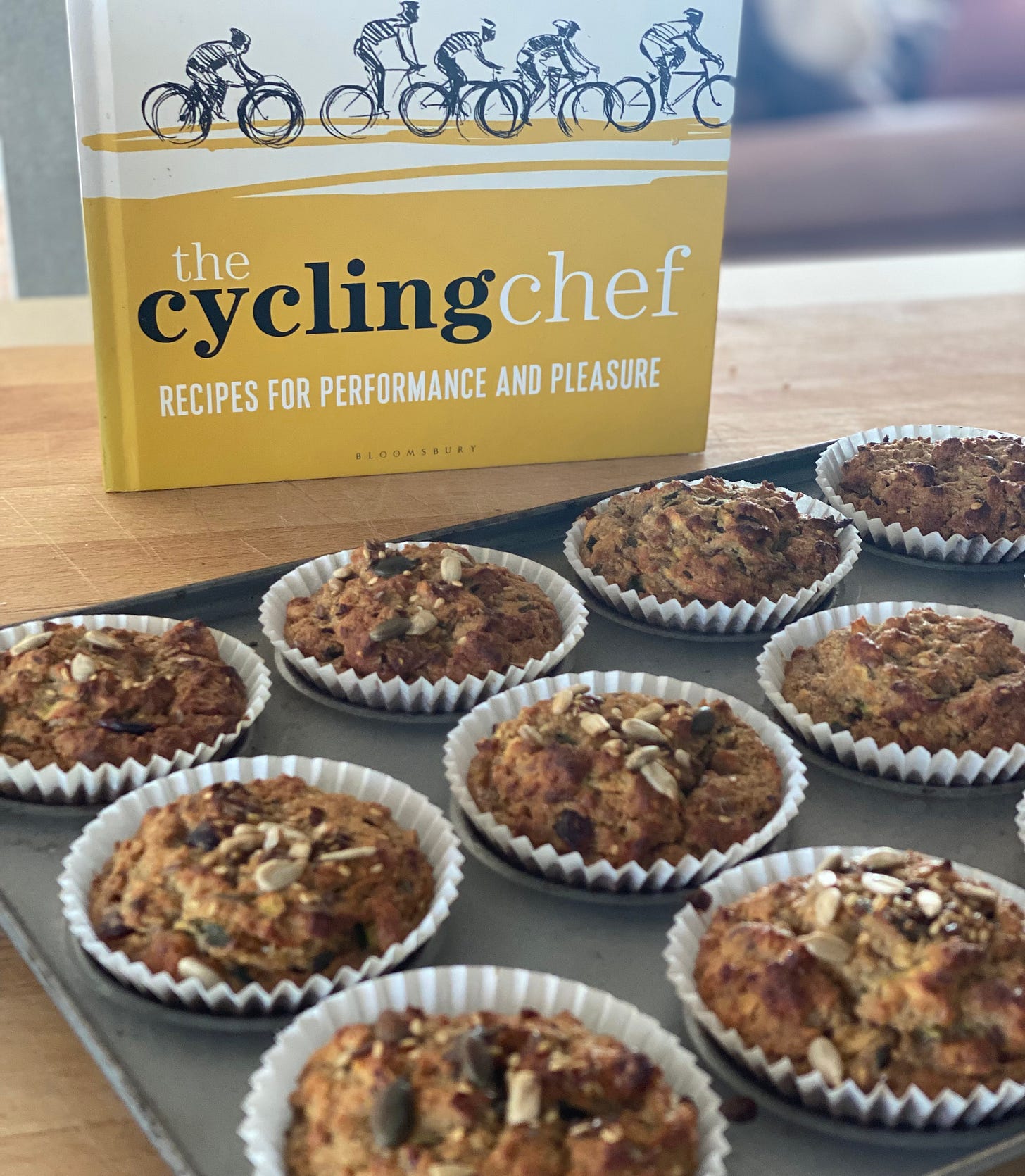

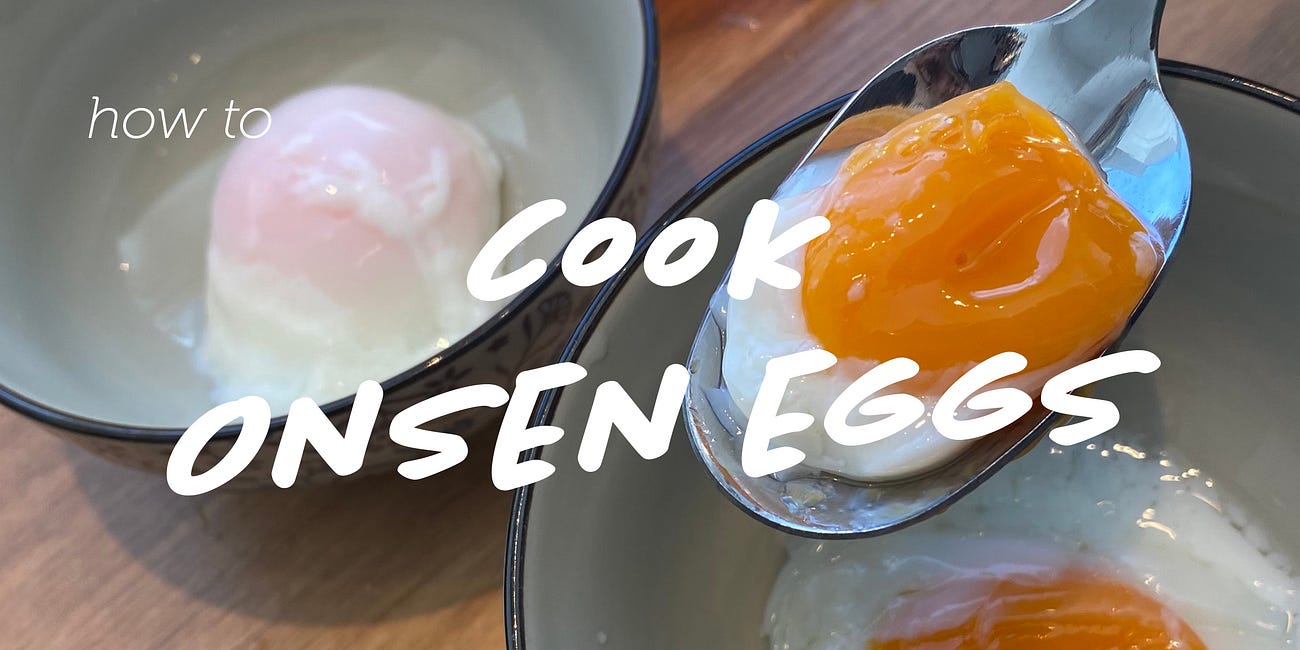
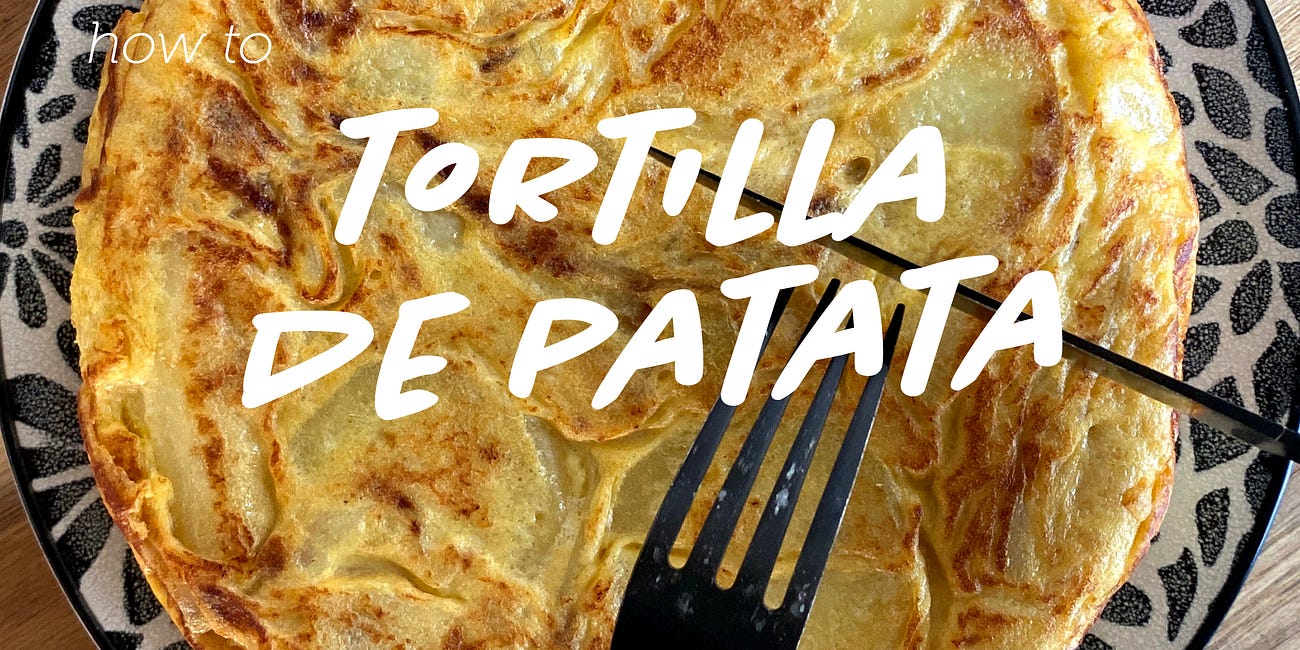
Muy interesante y buenos consejos para competidores y para todas en general. 😃
Thank you, Nicola, that's very interesting and helpful. It's great to receive nutritional advice from an accomplished, knowledgeable chef, and not a puritan who hates food.